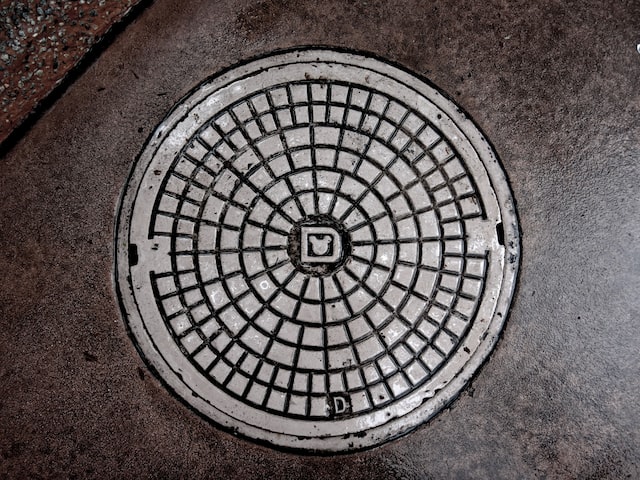Google’s ubiquity and influence in the search engine business often transfers, at least in the beginning, to other products it creates and seeks to market. With deep pockets and a world-class marketing team Google introduced Google glasses by live streaming a skydive from a blimp over San Francisco during its launch event. The skydivers wore “Google Glass” and return to Earth safely in a well received publicity stunt.
However, it wasn’t well known at the time that competitors already existed and had been providing rival products with similar designs for several years.
One competitor Vuzix, from Rochester New York, markets its Smart Glasses M100 which contains a microphone, an earpiece, a camera and motion and GPS sensors. It is capable of running an android mobile operating system. Bluetooth and Wi-Fi connections allow it to link to smart phones. A display positioned in the wearer’s peripheral vision provides a viewing area that is about the size of a 4 inch smart phone about one foot away.
Vuzix offers a range of products from wearable displays for movie watching to augmented reality glasses with the camera and display in each lens. The more advanced versions are being tested by the US Department of Defense. Like most technologies these days the device will have an open source software allowing developers to create new applications.
Vuzix has about 60 patents to date and is continually upgrading the product. What is uncertain is whether or not the average person will find a use for the device. Such luminaries as Ray Kurzweil have promoted the idea of singularity which purports that humans and machines will merge one day. If that is the case Vuzix has nothing to worry about.
Vuzix also has technology that can project an image directly in front of a person’s eyes, called monocular wearable displays, so applications for games to make them more realistic are feasible. These industrial monocular systems cost about $2,500.
Another maker of Smart glasses (or goggles) is Sensics which immerses a person in a virtual environment which looks to be natural and moves when the wearer moves his head. These goggles run Google’s android operating system. Devices can track hand motions and gestures using a camera and allow a person to interact with a virtual world.
Google has recently started testing its glasses called “Google Glass” outside the laboratory giving many people a chance to take a test drive. Google Glass weighs a few ounces so it is comfortable and minimally designed. The goal is to create a hands-free user experience for most smart phones and computer functions.
Google Glass will go on sale in early 2013 at a cost of about $1,500 giving developers a chance to develop interesting applications. Stay tuned.






